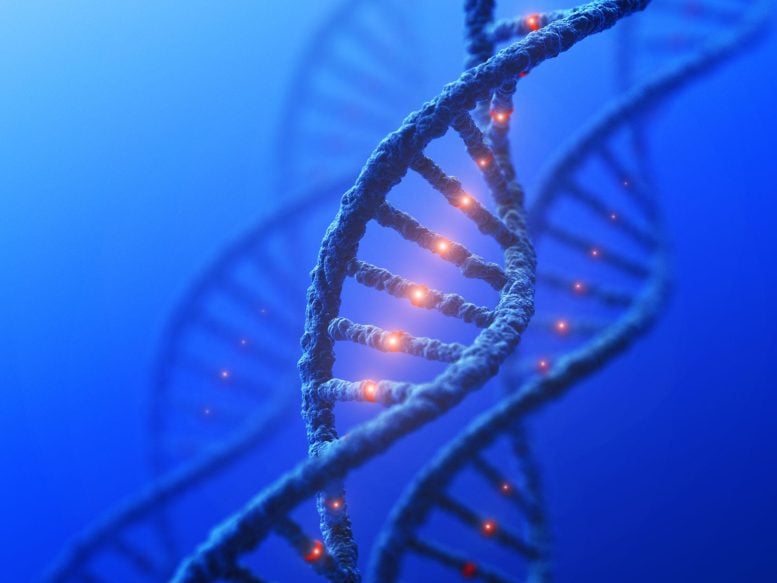
Given the discovery, the researchers suggest reevaluating the methods used to diagnose patients with hereditary obesity.
Leipzig researchers examine a new cause of severe obesity.
Obesity and obesity-related illnesses are major contributors to global mortality, but the root causes are still not well known. Several factors contribute to the development and progression of the disease, including genetics. In most cases, severe obesity results from a combination of unhealthy habits and a genetic predisposition called polygenic disorder, in which multiple genes are involved.
Researchers at Leipzig University Hospital and the Helmholtz Institute for Metabolic, Obesity, and Vascular Research (HI-MAG) at Helmholtz Munich also want to identify the rare cases of monogenic obesity. In these patients, defects in a single gene are the cause of the disease. Those affected often show a decreased sensation of satiety in early childhood and suffer from a constant feeling of hunger.
While studying tissue samples from a girl with severe obesity, the Leipzig researchers found that a specific gene, the agouti-signaling protein (ASIP) gene, was produced at high levels in cells where it is not normally present (e.g. in fat cells, white blood cells and neuronal cells).
Project head Antje Körner, professor of pediatric research and pediatrician said, “This discovery is a kind of missing piece of the puzzle in research on monogenic human obesity. It is also evidence for the importance of key molecular regulatory mechanisms of energy balance and body weight via melanocortin 4 receptor neurons in humans and provides us with a unique opportunity to study these mechanisms.”
The type of mutation found in the current study escapes standard genetic screening algorithms, which means that it remains undetected in many affected patients. Thanks to the targeted screening of the Leipzig Childhood Obesity cohort, Professor Körner’s team has identified four additional patients with the same mutation.
“Given this discovery, I believe we need to rethink the strategies we use to identify patients with monogenic obesity. The ultimate goal of our research is to transfer the findings from genetic studies to future personalized treatment options for obesity,” said Professor Matthias Blüher, director of HI-MAG and spokesperson of the CRC 1052 “Obesity Mechanisms” in the Faculty of Medicine.
Reference: “Aberrant expression of agouti signaling protein (ASIP) as a cause of monogenic severe childhood obesity” by Elena Kempf, Kathrin Landgraf, Robert Stein, Martha Hanschkow, Anja Hilbert, Rami Abou Jamra, Paula Boczki, Gunda Herberth, Andreas Kühnapfel, Yu-Hua Tseng, Claudia Stäubert, Torsten Schöneberg, Peter Kühnen, N. William Rayner, Eleftheria Zeggini, Wieland Kiess, Matthias Blüher and Antje Körner, 19 December 2022, Nature Metabolism.
DOI: 10.1038/s42255-022-00703-9
The study was funded by the German Research Foundation and the German Diabetes Society.









Be the first to comment on "“A Missing Piece of the Puzzle” – Researchers Investigate New Cause of Severe Obesity"